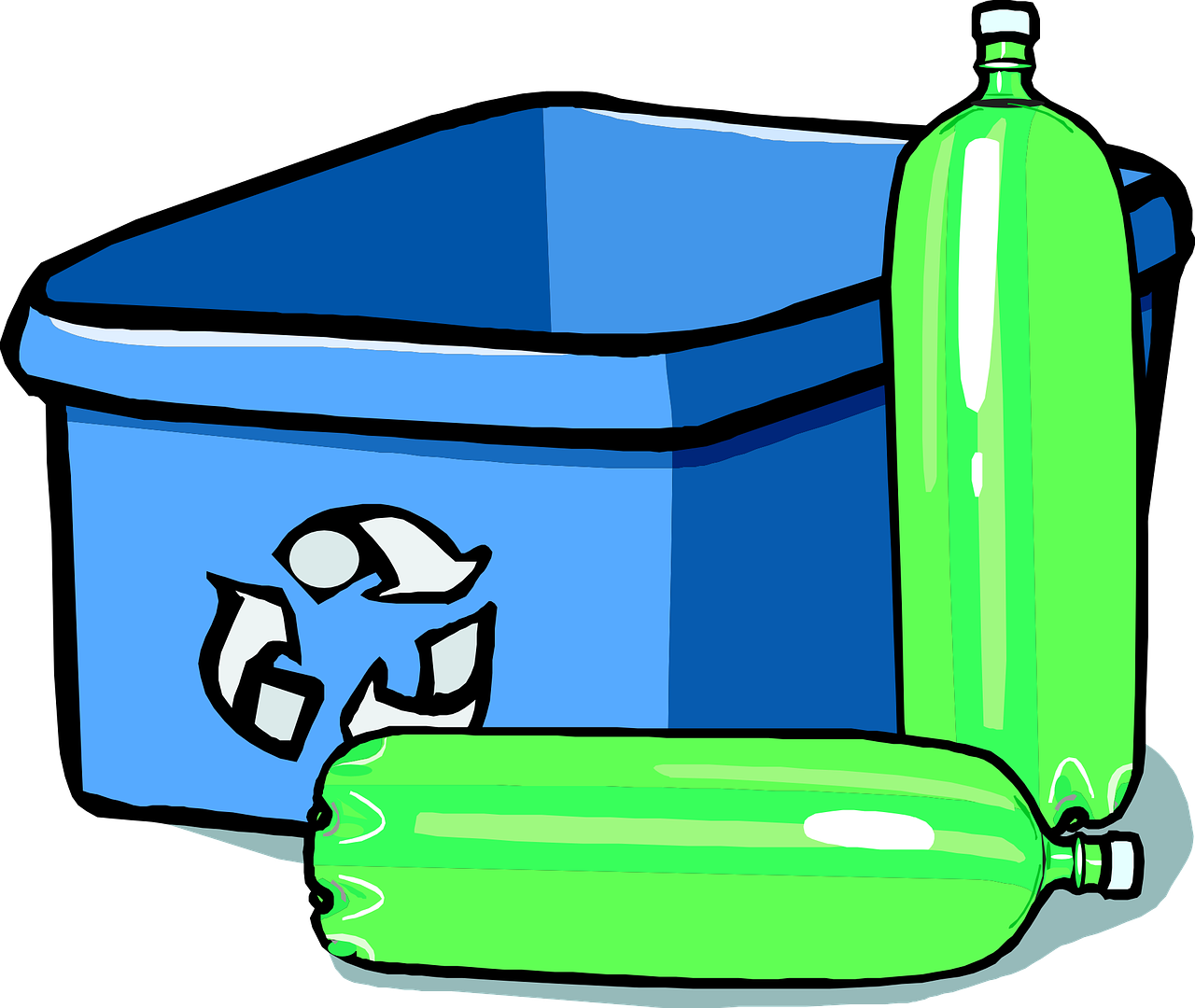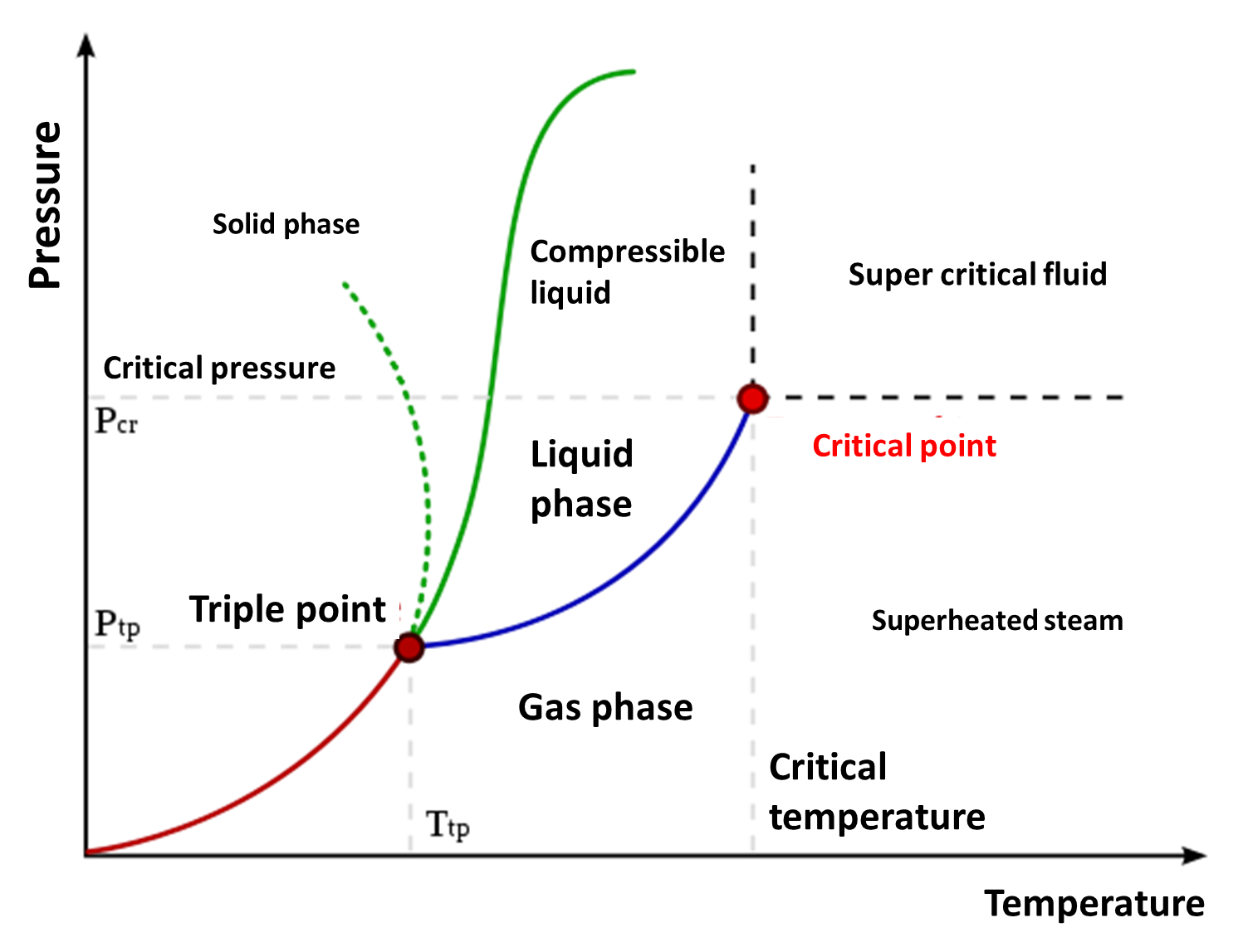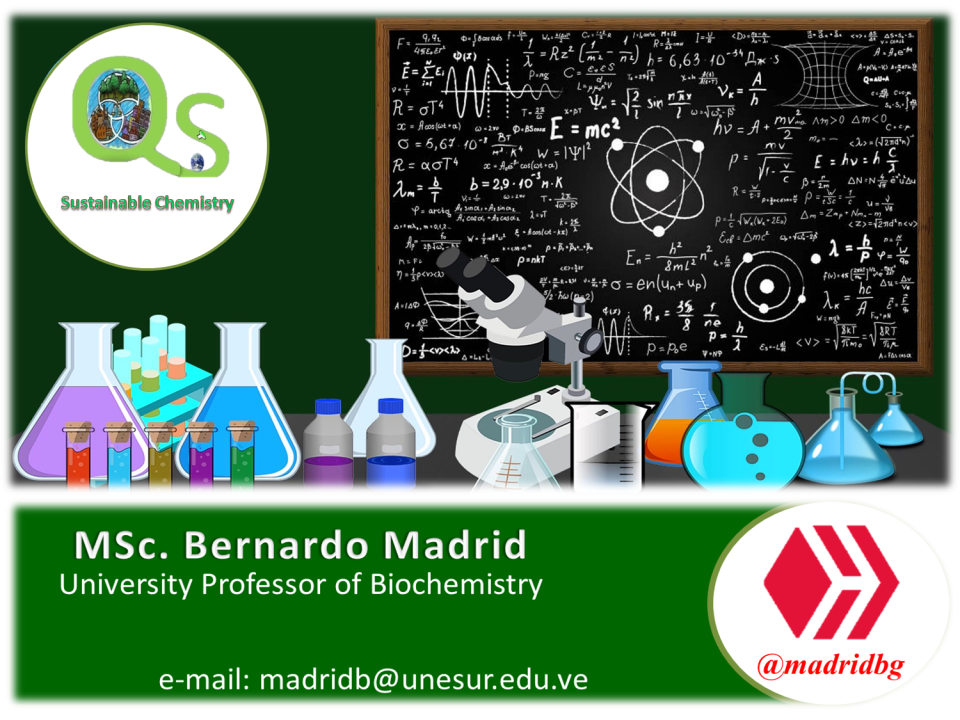MANGO LEAVES AS ORGANIC MATTER FOR THE NEW GENERATION OF BIODEGRADABLE PLASTICS

Author: @madridbg, via Power Point 2010, using public domain images. S. M. Saifur Rahman
Greetings and welcome dear readers, to another delivery associated with the world of science, through the following delivery we will address the use of organic matter in the development of biodegradable plastic substances that do not affect or deteriorate the environment.
As has been constant in my publications, this type of content will be shared through the @stemsocial community, who have kept supporting topics of scientific interest.
INTRODUCTION

Throughout time we have observed a great increase of plastic substances, which at a chemical level are understood as polymers of synthetic origin constituted by long carbonated chains, the same ones are characterized by presenting a great malleability, property that gives them their characteristic plasticity and that has allowed them to be implemented in a great number of areas of our existence.
These easily molded substances can take different shapes without breaking and this property is what allows the use of certain abusive way that has been given to these materials, to the point that they are considered as serious pollutants, due to their excessive accumulation on the planet and the durability of degradation of the same.
However, through science, especially chemistry, research is being carried out with the purpose of continuing to generate these versatile substances without having repercussions on the planet, so that there are currently a small number of plastics from renewable sources, where the use of starch, cellulose and poly-lactic acid in the manufacture of these substances stand out as raw materials.

Fig. 2. Chemical representation of polyisoprene molecules present in early plastics. Author: Timin2002
In this sense, the objective of this work is to present some conceptual contributions of the use of mango leaves as a bioactive material in the elaboration of biodegradable polymers with commercial implementations.
PROJECT OVERVIEW, RESEARCH IN ACTION

To answer this section of the topic, we will rely on the research being developed from the University of Cadiz, where a group of researchers associated with the design and analysis of new substances from supercritical fluids, have managed to implement the use of nano-cellulose and mango leaves in plastic materials with characteristics that exceed the material we commonly use.
So these substances serve as food perservatives for longer periods than the already known plastic, because unnecessary chemicals are not implemented, so that the barrier generated provides active protection to food.

Fig. 3. Obtaining plastic products by means of supercritical fluids confers antibacterial properties to the material obtained. Author: Clker-Free-Vector-Images
This phenomenon can be explained thanks to the antimicrobial and antioxidant action that can be implemented in the plastic substance generated by in vitro testing of mango leaf extract, which provides greater protection against ultraviolet radiation and slows food spoilage.
WORKING METHODOLOGIES ASSOCIATED WITH RESEARCH

In the study, the researchers were able to standardize a process that allows the generation of biodegradable plastics with high antibacterial characteristics. This refers to the use of supercritical carbon dioxide capable of activating the polymer with the ideal characteristics mentioned above, which represents the novelty of this research, since on the one hand allows the preservation of food and on the other hand, acts as a barrier against solar radiation and the growth of pathogens.
In the opinion of Critistina Cejudo, author of the project,
"With the implementation of this new product we can eliminate unnecessary expenses, since it would not be necessary to use anti-preservatives in the food packaged under the bio-active plastic, so we can reduce the use of chemical additives harmful to health in the long term."
Therefore, to achieve the bio-active characteristics, they implemented on the one hand the procedure of melting the nano-fiber extracted from the chemical treatment of the paper industry, a technique that is based on the grouping of the compounds on the surface of generated components, so that the process begins with the dilution of the extracts of the mango leaves together with the nano-fiber, which are subjected to a process of polymerization and drying using temperatures above 45°C.

Fig. 4. Mango leaves as raw material in the production of biodegradable plastics. Author: Clker-Free-Vector-Imaegs
On the other hand, by means of the supercritical technology that in a certain way follows the same starting process mentioned above, better results have been obtained in the initial stage product observed, presenting greater integration between the mango leaf extracts and the nano-cellulose, a process that facilitates the impregnation of the active compounds during the polymerization process.
So they have been able to demonstrate better yields and results through impregnation based on supercritical technology, since better concentrations of the starting substances can be obtained, which generates greater protection in food.

Fig. 5. Behaviors of supercritical fluids under pressure and temperature variations. Author: Creative Commons
The results obtained were evaluated with in vitro studies with food pathogens using Escherichia coli as the starting species, where it was shown that the phenolic substances added with the supercritical method prevent the growth of this bacterial species and consequently, it is evident the benefits of this new biodegradable plastic and greater capacity for food preservation and without environmental repercussions.
CONCLUDING CONSIDERATIONS

As we were able to address throughout the writing the use of science in terms of the development of new materials for environmental and food preservation, is an important step in technological and scientific matters, since we would be implementing waste material (leaves of magicians and nano-cellulose) in new products with the ability to generate benefits to society in general.
In order to allow us to combat the presence and growth of pathogenic substances that affect human health, by consíguete it is considered appropriate to share such valuable information with the scientific community, with the purpose of replicating these new advances and implement research like the one exposed from the laboratories of our houses of studies or Universities.
CONSULTED BIBLIOGRAPHY

[1] IBERO-AMERICAN AGENCY FOR THE DIFFUSION OF SCIENCE AND TECHNOLOGY. Article: Online Access
[2] Universidad el Bosque. Evaluation of a mango (Mangifera indica) seed starch bioplastic with potential application in packaging. Article: Online Access
[3] McMURRY E., John y Fay C., Robert. (2008). Química general. Quinta edición PEARSON EDUCACIÓN, México, 2009 ISBN: 978-970-26 1286-5.
[4] Ralph, H. Petrucci, William S. Harwood, E. Geoffrey Herring. (2003). QUIMICA GENERAL. Octava edición. PEARSON EDUCACIÓN. S.A., Madrid.
OF INTEREST

1. Cover image was made by @madridbg, used public domain image.
2. For more information related to the areas of science, technology, engineering and mathematics, feel free to visit #stemsocial and #stem-espanol, communities that promote scientific advances in these areas.

0
0
0.000
#posh twitter:
https://twitter.com/BGMadrid/status/1443091238866014211?s=20
https://twitter.com/BGMadrid/status/1443091238866014211
The rewards earned on this comment will go directly to the person sharing the post on Twitter as long as they are registered with @poshtoken. Sign up at https://hiveposh.com.
Thanks for your contribution to the STEMsocial community. Feel free to join us on discord to get to know the rest of us!
Please consider supporting our funding proposal, approving our witness (@stem.witness) or delegating to the @stemsocial account (for some ROI).
Please consider using the STEMsocial app app and including @stemsocial as a beneficiary to get a stronger support.
Cheers to the @steemstem core team for the follow up and hard work of curation they do on each of my posts.
Saludos estimado amigo @madridbg, cada día me sorprendo con las iniciativas sustentables en búsqueda de equilibrar nuestros ecosistemas con insumos naturales, es excelente que a través de las hojas de mango se pueda generar plásticos biodegradables, aquí se aplicaría la palabra reciclaje en toda su expresión.
Hasta luego, que tengas un excelente fin de semana.
We must advocate organic, no GMO for the masses.